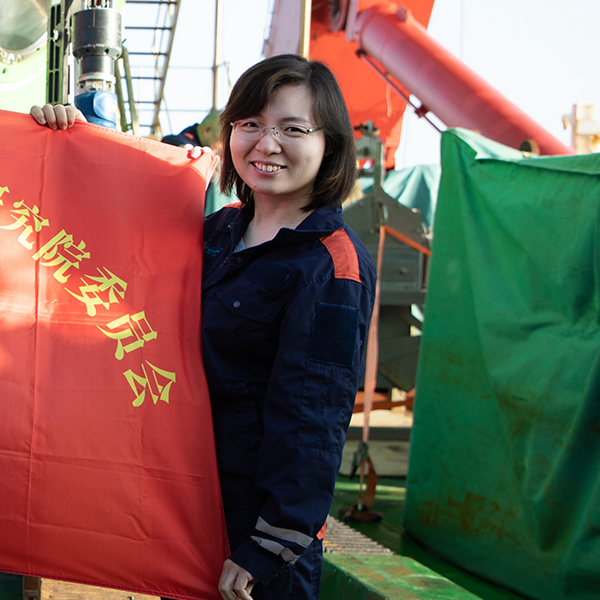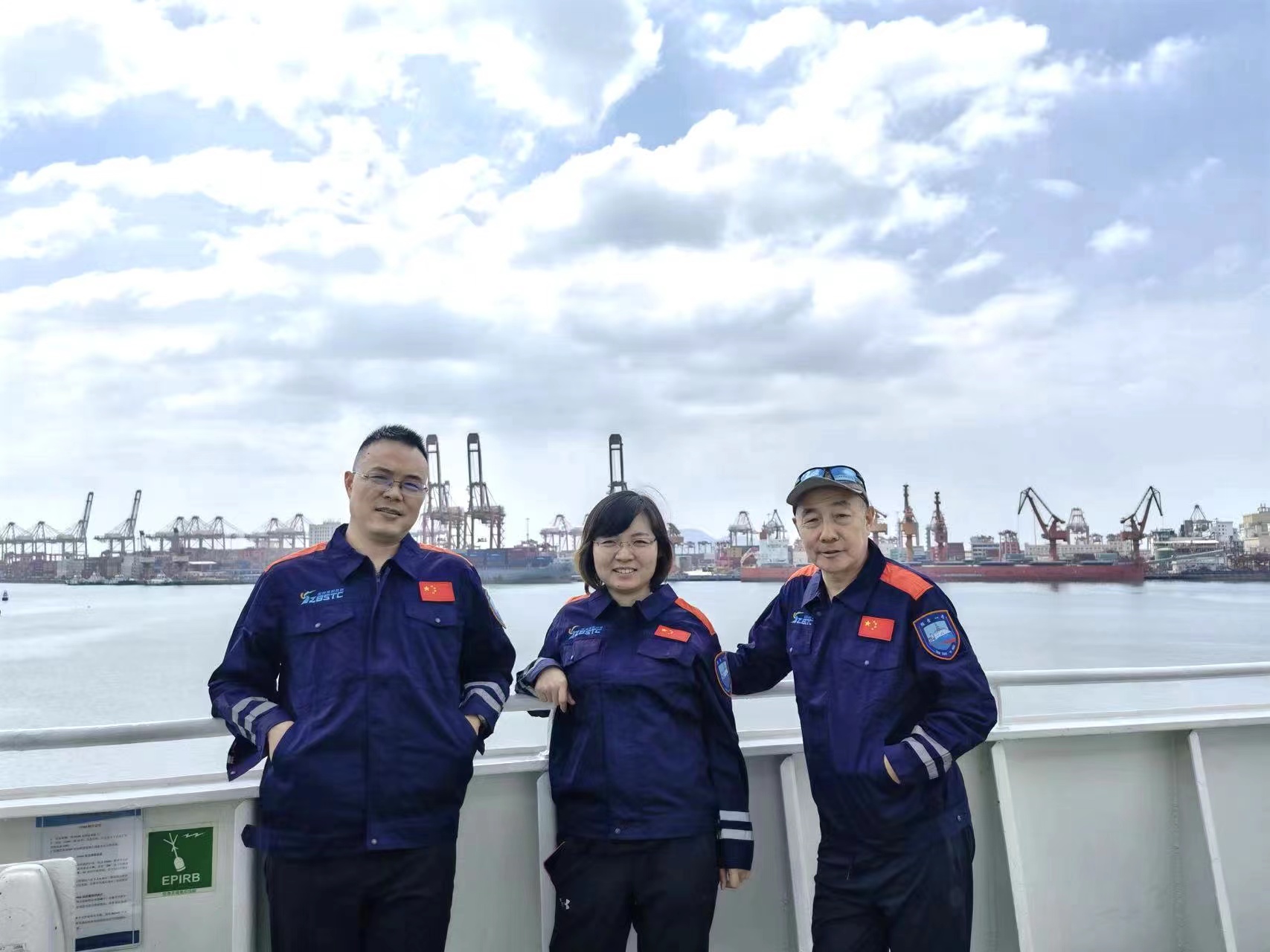- CN
Jul 27, 2022

For Liu Shanshan, Executive Dean of BGI-Research Qingdao, the ocean is a repository of untold secrets, brimming with mysteries waiting to be unraveled. Having grown up by the seaside, the deep blue became a lifelong passion to be followed and explored.
“When I was in high school, I dreamed of studying the deep,” she recalled. “My ambition was to major in studies related to the ocean, and eventually embark on a career that was linked to deep sea research.”
The opportunity to realize her dream finally emerged in 2018, when BGI signed a strategic cooperation with the Institute of Deep-sea Science and Engineering, CAS. “On the basis of this strategic cooperation, I started to carry out work related to the ocean floors, and that was when I fell in love with the world’s deepest seas.”
She discovered that studying about the deep was totally different from experiencing and exploring it in person. “If you’ve never been out to sea, you’ve never been on a boat, you have no idea what you are doing. When you finally experience the ocean, you will truly understand what the deep sea is, and what the scientific research you’re doing actually means, and not just on paper.”
The first two marine scientific expedition dives Liu undertook were to Haima Cold Spring - located in the southern waters of the Pearl River basin - and Zhongnan Haishan, in the South China Sea. The depth of the areas ranged from 1,300 meters to 1,400 meters.
“We always think that the deep sea is a place without light and food, a barren wasteland, a desert. But the reverse is actually true – these areas are full of life,” recalled Liu.
“Just as the growth of plants on land depends on carbon dioxide and oxygen, on the seabed the growth of these organisms depends on hydrogen sulfide and methane, which is a source of energy and matter,” she added.
“The areas were densely populated with creatures – it was totally lush. That was a totally amazing experience.”
Astounded by her first encounter in the deep, Liu admitted to feeling dazed and overwhelmed. For her second expedition, however, she was more focused, and was able to observe and identify specimens during her encounter.
“I was thinking about the possibility of discovering a totally new species through these marine expeditions. Perhaps in the future, a certain species can be named after BGI? I really hope this happens!” she said with a laugh.
 Liu Shanshan with Wang Jian (Right), Co-founder and Chairman of BGI Group, and Xu Xun, Director of BGI-Research on the exploration.
Liu Shanshan with Wang Jian (Right), Co-founder and Chairman of BGI Group, and Xu Xun, Director of BGI-Research on the exploration.
Liu’s most memorable expedition was yet to come – it finally took place in December 2021. Together with BGI Group Co-Founder and Chairman Wang Jian as well as Director of BGI-Research Xu Xun, she boarded the Exploration 1 (Tan Suo Yi Hao) vessel for the Pacific Ocean’s Mariana Trench.
At its deepest point, called the Challenger Deep, the Mariana Trench has a depth of more than 10,900 meters, surpassing the height of Mount Everest.
It was literally a venture to the extremes of the universe. “Getting down to a depth of 10,000 meters, which is the deepest position in the world, was an exhilarating experience,” she recounted.
“When you see something that you couldn’t see before, and you do something that you’ve never dared to think about, you will feel the whole world is shining like a bright light, and the door of your vision has been unlocked – it’s the feeling of opening up.”
During their six-hour operation on the seabed, the team collected marine life specimens, including sediment and water samples for species identification and biodiversity analysis.
“What we learn from these specimens goes back to the origin and evolution of life – understanding how life came about and how it continues,” she added.
Such studies are also critical to BGI’s ability to blaze a new trail in the area of deep-sea research.
“In fact, the deep sea is where BGI can flex its muscles to show our scientific research capabilities, as well as the strength of our engineering prowess,” Liu pointed out.
While oceans span 70% of the Earth’s surface, yet more than 80% of the seafloor still remains a mystery. “Human understanding of the oceans is still relatively under-developed in comparison,” she added.
“When BGI first unveiled its sequencing technologies, it revolutionized the development of genomics, and led to earth-shattering changes in medical testing. I expect this will also happen to our oceans in the future – BGI's entry into the deep sea arena will usher in new breakthroughs in technological leadership and scientific exploration.”